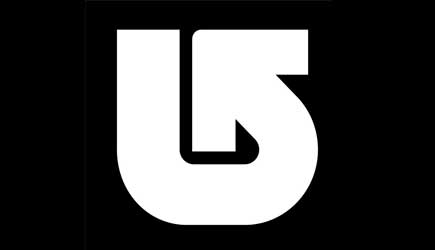Words: George Blomfield
When it comes to buying a new board, it is with a guilty conscience that many of us would admit the role graphics play in our final decision. Of course, it’s the “tri-axial super weave topsheet”, “tip-to-tail carbon stringers” and “sintered, sublimated base construction” that we’re really salivating after. Sick graphics? I hadn’t noticed. Just a happy co-incidence – honest.
 Photo: Blotto
Photo: Blotto
The role these seemingly random pictures play in the snowboard market can hardly be overstated, and trying to decipher how they work is the lofty goal I set myself when Ed asked me to write something about a subject I have held close to my heart since I first clapped eyes on a board in 1985 and decided… I needed one.
Transport yourself, if you will, back to the late eighties, and the Italian resort of Courmayeur. Visitors that year will have noticed some crazy looking kids riding around standing sideways, sporting Oakleys and spikey hair. It was enough to make an impression on anyone, especially given the usual attire was either a skin-tight one-piece or a fur coat, coupled with some narrow skis. For a skateboard kid like myself, it was a revelation. In those days the actual graphics on your board were not too important – choices were limited, and just having a snowboard said enough about who you were.
Things have changed a bit since then (though the fur coats, I fear, still remain). Snowboarding is now a multi million dollar industry with an army of participants across the globe, and each season sees more makes and models of snowboard hit the shelves. While the technology of these products continues to improve, it is up to the art department to communicate what each brand and their boards are about. Getting this part of the equation right is vital to any snowboard operation. All that R&D will be for nothing if the face doesn’t fit – because in snowboarding, style is at least as important as substance.
Think about it. It is no accident that you are willing to part with up to £500 on a piece of plastic, wood and metal, whose arcane inner workings are a complete mystery to most. “I am continually amazed at how a little hype and a good graphic – or even a little hype and a bad graphic – can push a piece of junk,” explains Aaron Draplin, a respected art director who has produced graphics for a number of brands including Burton, Ride, Lib Tech and Forum (not that his boards were junk of course!). Danny Kiebert, the design chief at Bataleon, agrees: “How important are graphics to a sale? With conventional flat boards I would say 90% graphics 10% tech.”
So how do these pictures work, and who decides which buttons to push in the psyche of the guy drooling in the shop? And how did this artform, if that’s what it is, develop?






